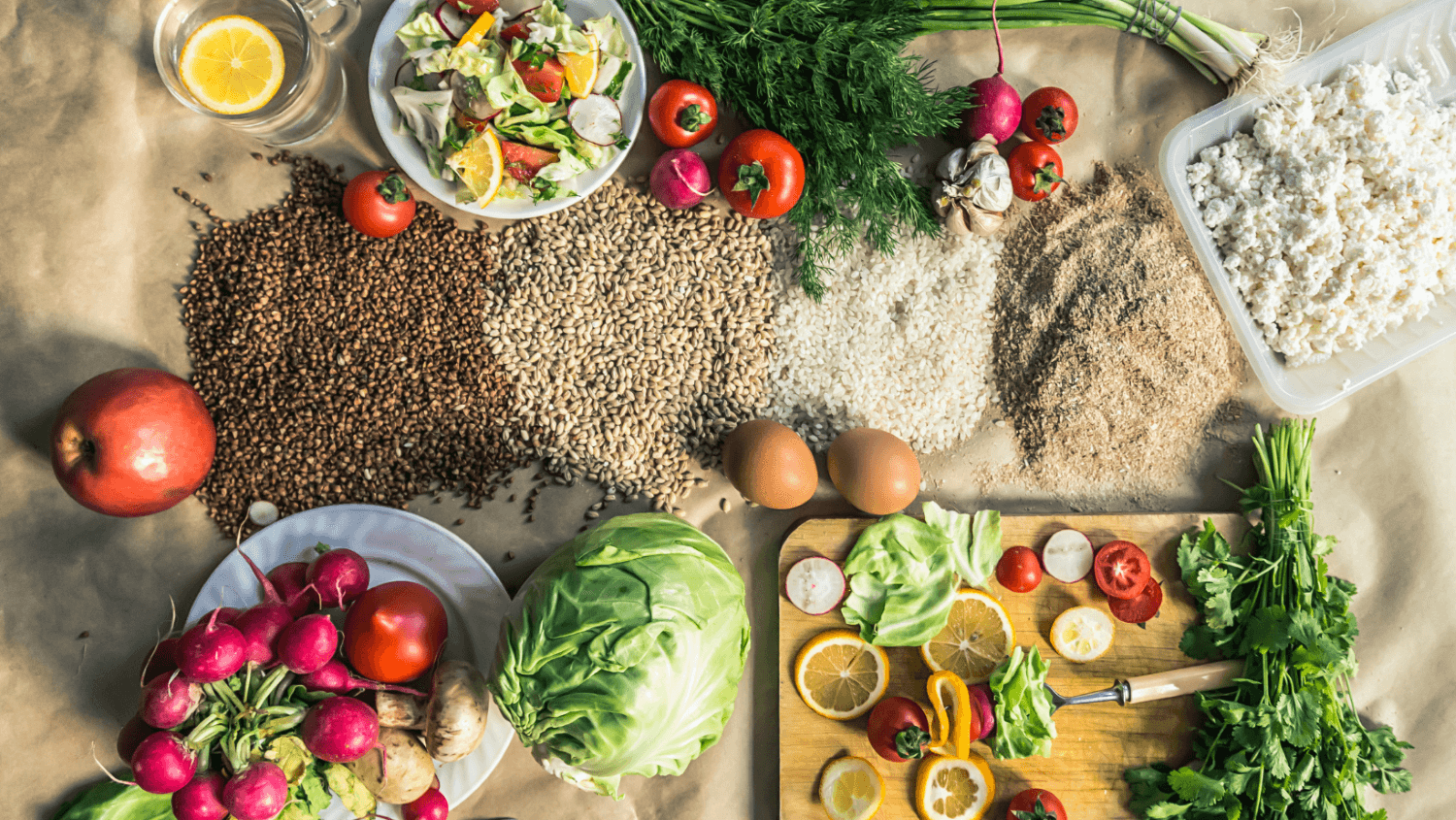What Are Clean Label Food Products?

The term “clean” is something that you see on food labels quite frequently, but what does it actually mean? Does it refer to the way a food was processed or grown, or is it more about how many additives are present in the product? Let's take a look at what clean label food products are and explore some of the different ways that food can be considered “clean.”
In the simplest sense, a clean label food products have simpler and fewer ingredients. It means more than just being honest about what's in your products–it alludes to moving away from highly processed ingredients and toward ingredients from natural sources. The clean label movement is saturating the food industry, closely following related terms and trends such as organic, non-GMO, all-natural, etc.
Clean Label Food Products - Minimal Processing
One way to think of “clean” food is food that has undergone minimal processing. This could mean that a food was grown without the use of pesticides or other harmful chemicals, or that it was minimally processed after being harvested. “Clean” foods are often seen as being healthier than their counterparts because they retain more of their natural nutrients and flavors.
Processed foods are the opposite of simple, whole foods. Clean label consumers are looking for recognizable, simple ingredients on packaging.
A minimal amount of processing may align with the overall goal of a clean label. For example, free-drying vegetables or fruits only removes water. This creates a minimally-processed ingredient that still retains the integrity of whole foods.
No Artificial Ingredients or Preservatives
Another way to define “clean” food is food that does not contain any artificial ingredients or preservatives. This type of food is often thought of as being safer to eat because it does not contain any synthetic chemicals that could potentially be harmful to our health. “Clean” foods are also generally considered to be more natural and closer to their original state.
Artificial ingredients may be natural or non-natural, but they always act as a replacement for something they're not. Consumers looking for a clean label want to know that what they're consuming is exactly what it says it is. For example, if they purchase something cherry-flavored, they want to know that cherries were actually used to create the flavor.
Lack of Synthetic Ingredients
The term "synthetic" refers to anything created by humans. Synthetic ingredients might replicate something you can find in nature but are almost always produced in a lab. Oftentimes, these ingredients are cheap and effective, but the clean label movement rejects any synthetic ingredients including added colors.
The Consensus on Clean Label Food Products
So, when you see the term “clean” on a food label, it can mean different things depending on the context. However, some general characteristics of “clean” foods are that they are minimally processed, free from artificial ingredients and preservatives, and generally more natural than other types of food. Keep this in mind the next time you see a label with the term “clean” on it!
Your Trusted Ingredient Partner
At North Central Companies, we've traded hundreds of agricultural ingredients, animal byproducts, and more across a broad spectrum of industries. We sell on spec, meaning the documentation we send to you will always be representative of the product you receive and we provide CoAs (Certificates of Analysis), so you will always know what to expect when working with us–allowing you the same transparency with your own consumers.